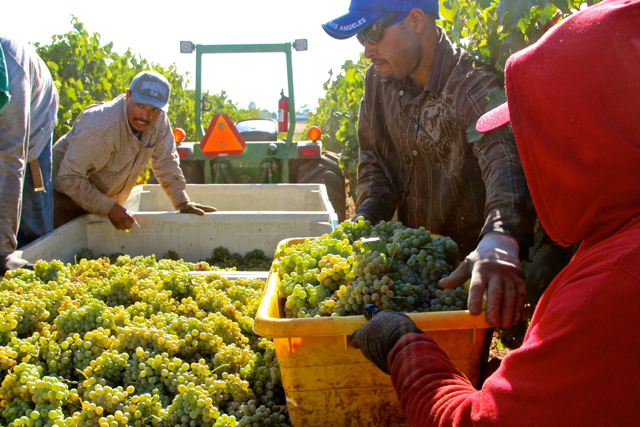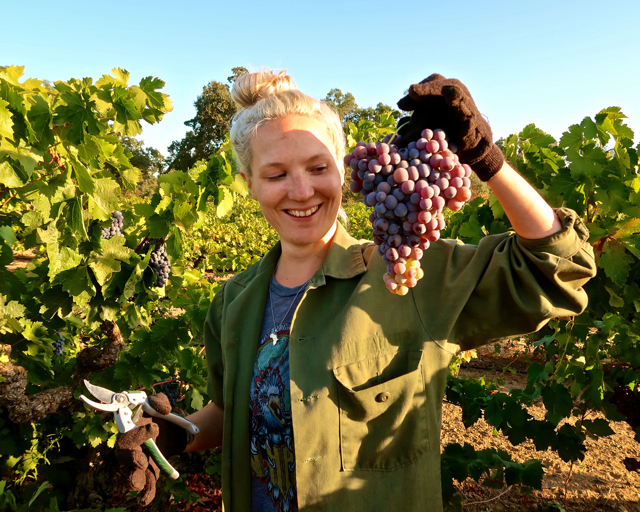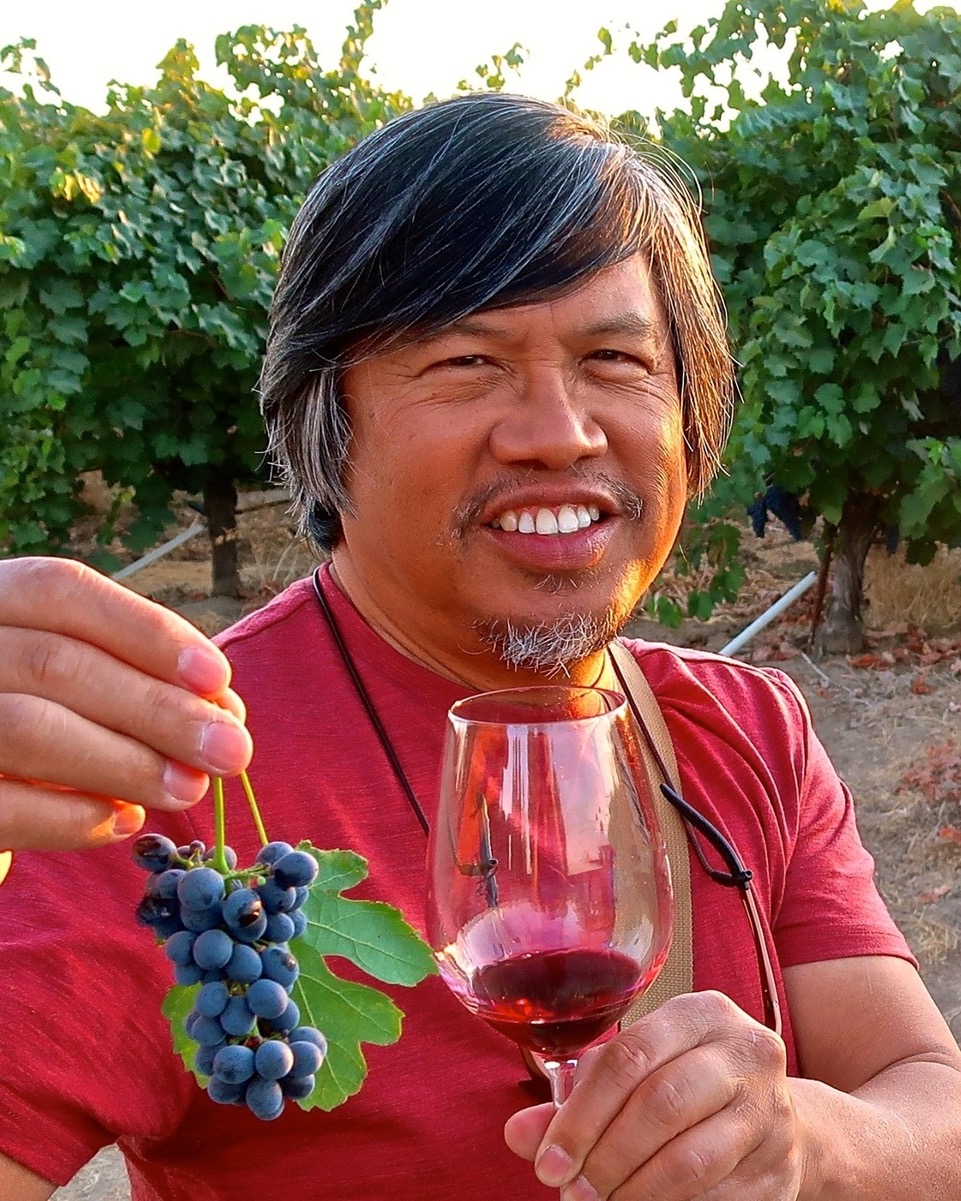They want what they want.
—Randy Caparoso
What do wine lovers want?
On one hand, every other day there seems to be a new “natural wine bar” popping up in cities big and small. On the other hand, America’s best-selling wines are still average, $10 brands—those made in predictable styles and that are the complete antithesis of “natural.”
Clearly, American wine lovers would like to choose from an ever-increasing range of wines. They want it all.
When consumers graduated from generic jug wines back in the 1970s, the big ticket at the time was varietal wines. Although, it took a while for consumers to learn how to count the number of available varietals on more than one hand. When I was working in restaurants in the late ’80s, it seemed like over 75 percent of customers ordered just one of three wines: Chardonnay, Cabernet Sauvignon, or White Zinfandel. For a while there, getting them to try a Pinot Noir or Albariño was like pulling teeth.
Eventually they came around—thank goodness. Now they’re counting with two hands. The young, ingenious sommeliers of today have absolutely no idea what it was like to be a sommelier or wine buyer thirty years ago. I think we went through at least seven or eight circles of Dante’s wine-hell just to get customers to a point where they now know there is such a thing as Albariño.

Back then, almost all commercial wines were finished at about 12% alcohol (or 13%, if you really wanted to go wild). Anything topping 14% was considered weird, a freak of nature. Most California red wines were aged in tree-sized redwood vats until their varietal fruit qualities were smoothed (or dried) out, and virtually no white wines saw aging in small oak barrels.
The reason why Californians, in particular, were producing less ripe, lower alcohol style wines prior to the 1980s was because in those days they didn’t have better ways of doing it. Trellising and viticultural practices of the past made it difficult to grow grapes beyond 22° or 22.5° Brix (sugar levels that convert to just 12% to 13% alcohol and, thus, diminished fruit expression). It wasn’t so much a style choice as an only choice.
The reason we eventually reached a point where, today, ultra-ripe, oaky, 15% alcohol wines have become the norm (and 14% alcohol wines are now considered light) is because we can; and most of the trade, consumers, and especially 100-point critics, have liked them that way. We’re Americans, not Europeans. For the vast majority of us, the bigger and riper the wine, the better.
Still, change is inevitable. In Lodi, for instance, one of the most interesting things to happen just over the past three or four years is the sudden popularity of an 18-acre vineyard called Somers. Ten years ago the owners of Somers Vineyard couldn’t give their fruit away because it produces a translucent, light red wine (barely 12% ABV) with a low fruit profile and absolutely no tannin backbone.
It’s a beautiful site, located right along the Mokelumne River. The plants themselves are tall, rather majestic, vertically cordon-trained vines, planted some 50 years ago. The problem: these are Mission vines—as unfashionable as a cultivar can be.
Lately, at least a half-dozen small, artisanal style wineries have been standing in line to buy Somers Vineyard Mission. Ironically, it’s because it makes translucent, light red wines with a low fruit profile and absolutely no tannin backbone—exactly, or so it seems, what a growing number of today’s consumers are looking for.

In reality, I think the transition we are currently going through has more to do with increased appreciation of the proliferating number of grapes wines are made from, plus of the many new places they are grown. In response, consumers are becoming more sophisticated; and the more sophisticated they get, the more diverse their tastes.
Big wines, light wines, bone dry wines, super-sweet wines, soft and fruit-driven wines, tart and minerally wines. You name it, consumers are drinking it. Even the recent increases in broad categories such as dry rosés and sparklers are not so much an indication of interest in dry rosés and sparklers as they are in diversity itself. Consumers have come to expect more of everything.
Additionally, there are so many different wine regions today, consumers are beginning to recognize and appreciate widely varying sensory qualities, even among regions growing the same grape varieties. Napa Valley, that is to say, no longer sets the only standard for Cabernet Sauvignon; the same for, Chardonnay from Sonoma Coast, or Pinot noir from Russian River Valley or even Willamette Valley.
American wines, in other words, are steadily evolving towards what you already see in far older wine cultures. That is, European countries, where classification systems are based entirely upon identification and regulation of regions—the places where wines come from—rather than by how wines are made or how a brand is supposed to taste. In European appellation systems, place trumps style. There are no “varietal” expectations, no “pursuit of balance” or any other arbitrarily set standards. Wines end up tasting different because they are grown in different places. How sensible.
How far along has the American wine industry come on this path? Honestly, not very far. Because, after the 1960s, the wine industry began putting branding and varietal identification in front of regional distinctions—something that couldn’t be helped, of course, since no one had any inkling of regional distinctions fifty years ago. Thus, it will probably take a bit longer to turn this ship around.
I have no doubt, though, that it will be the consumers doing most of the ship-steering. The signs are everywhere. If, for instance, a few wine lovers can create a sudden demand for table reds made from Mission—a grape that the entire California wine industry has been trying to run away from since the 1850s—they can certainly institute giant, wholesale changes, whatever that may be, in what is grown, produced and sold, in every American wine region.
Customers, after all, want what they want. And the customer is always right.
_______________________________________________________________________

Randy Caparoso is a full-time wine journalist/photographer living in Lodi, California. In a prior incarnation, he was a multi-award winning restaurateur, starting as a sommelier in Honolulu (1978 through 1988), and then as Founding Partner/VP/Corporate Wine Director of the James Beard Award winning Roy’s family of restaurants (1988-2001), opening 28 locations from Hawaii to New York. While with Roy’s, he was named Santé’s first Wine & Spirits Professional of the Year (1998) and Restaurant Wine’s Wine Marketer of the Year (1992 and 1998). Between 2001 and 2006, he operated his own Caparoso Wines label as a wine producer. For over 20 years, he also bylined a biweekly wine column for his hometown newspaper, The Honolulu Advertiser (1981-2002). He currently puts bread (and wine) on the table as Editor-at-Large and the Bottom Line columnist for The SOMM Journal (founded in 2007 as Sommelier Journal), and freelance blogger and social media director for Lodi Winegrape Commission (lodiwine.com). You may contact him at randycaparoso@earthlink.net


















